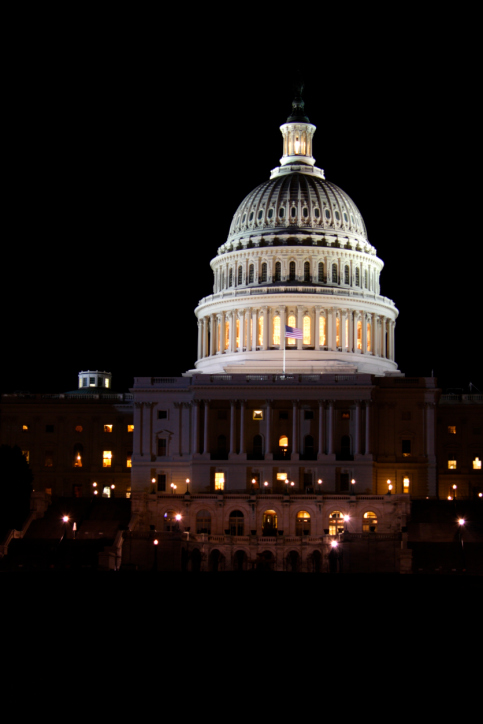“It’s too much hype and hyperbole.”
“Employees don’t want to be marketed to.”
“We get a lot of pushback if we don’t stick to the facts and make our media as objective as possible.”
Those are the responses we hear when broaching the idea of an internal campaign – to drive behaviors, get buy-in, encourage adoption of new technology, and, in general, asking employees to know and feel and act differently.
Serious objections, we admit. On our side, these rejoinders arise:
- How to gain attention and capture hearts and minds when today’s society is afflicted with ADHD?
- What are results to date using straightforward no-nonsense media?
- How many employees respond to emotional stories versus statistics and studies?
The issue, we believe, isn’t so much with the idea of campaigns as it is with the recent quality of American political crusades. Mud-slinging. Slight un-truths or un-remembering. Slogans with little reality and less soul. In short, glitz without substance.
There’s a place and time for campaigns inside. There’s also care to be taken in creating and delivering the exact right messaging, based on the appropriate business case with the perfect (okay, almost perfect) blend of tools. Scientists respond to stories just as much as facts. And vice versa for marketeers and HR pros. Bottom line, it’s all about actions.
Our thanks to Ross Perot, former Presidential candidate: “The activist is not the man who says the river is dirty. The activist is the man who cleans up the river.”



